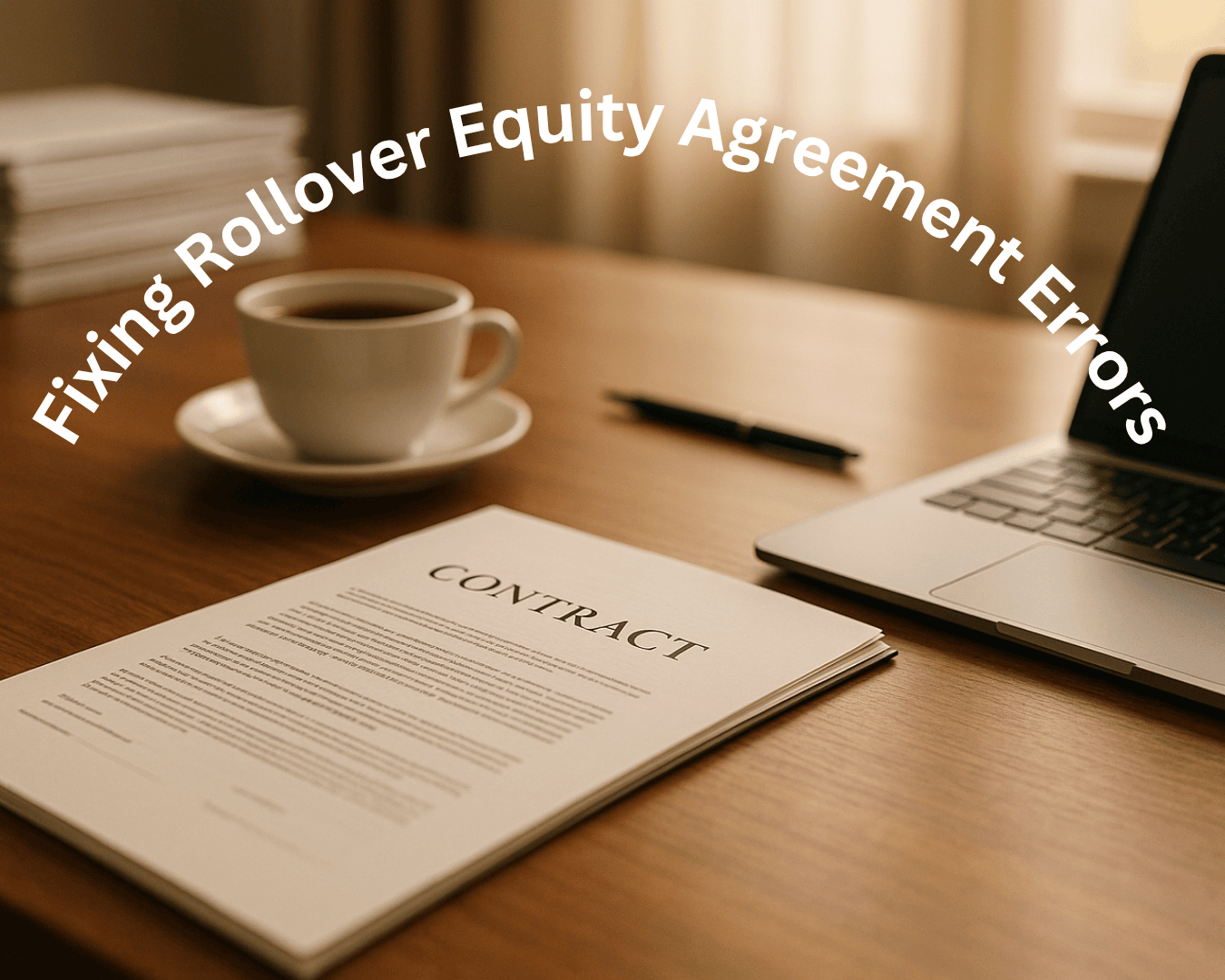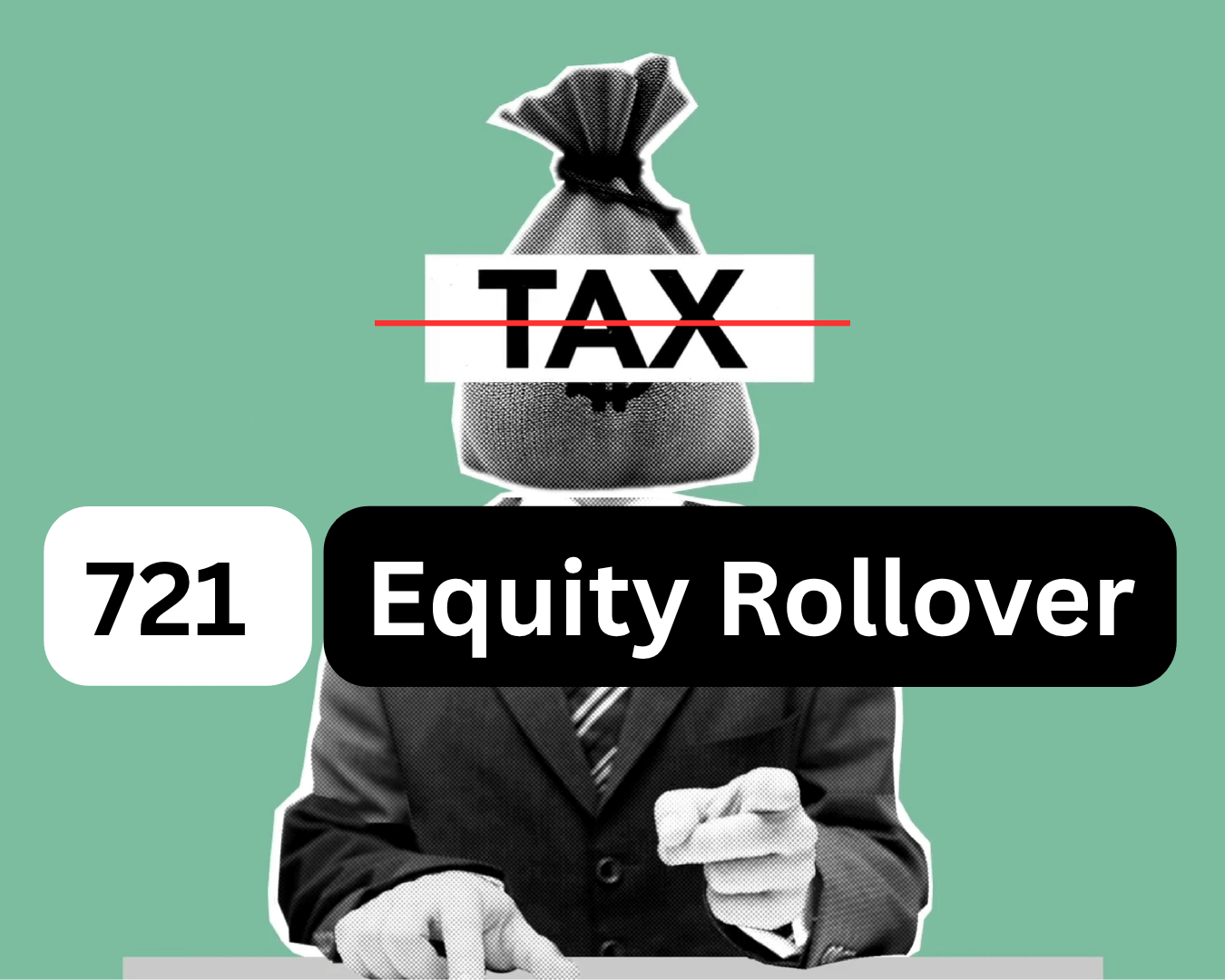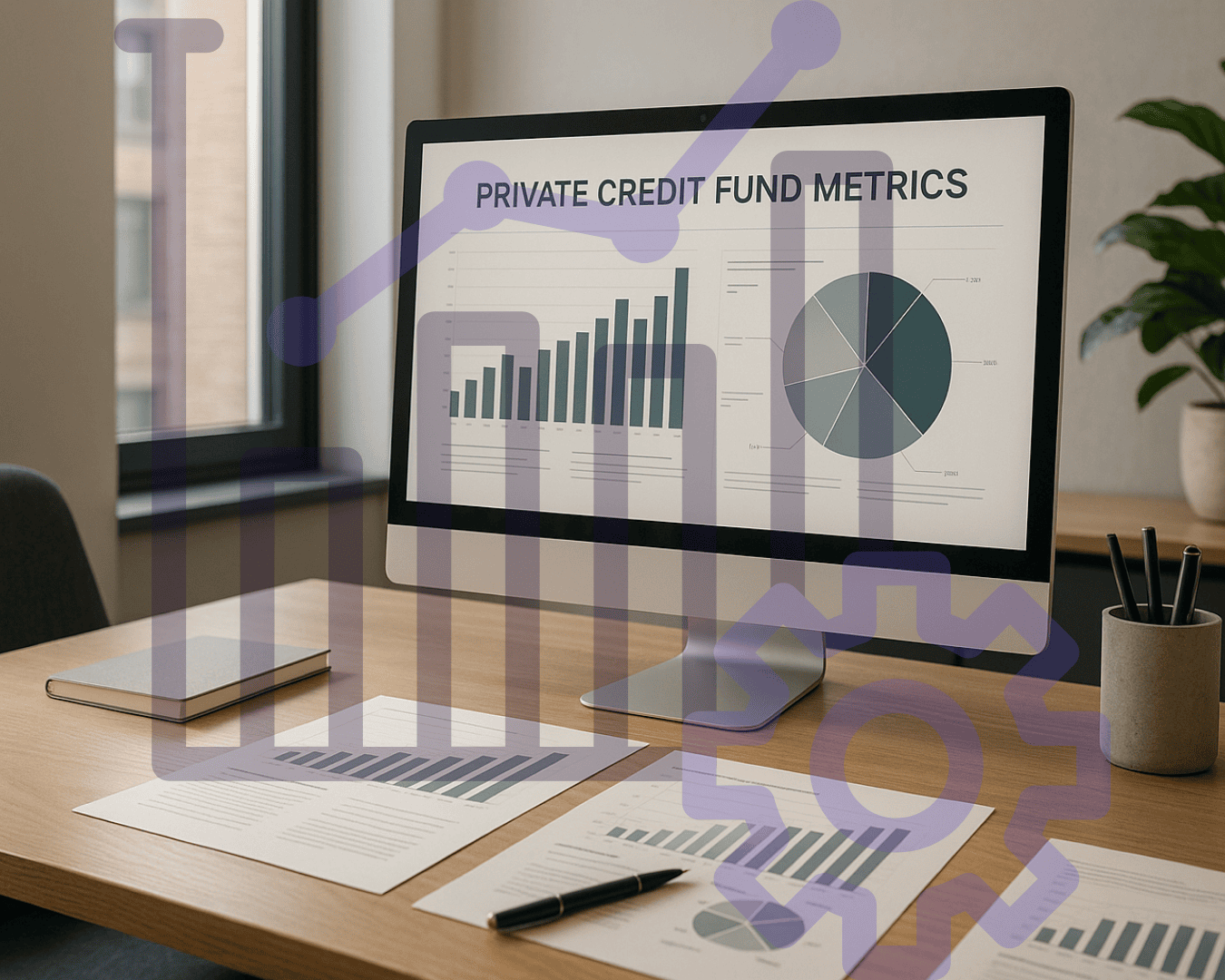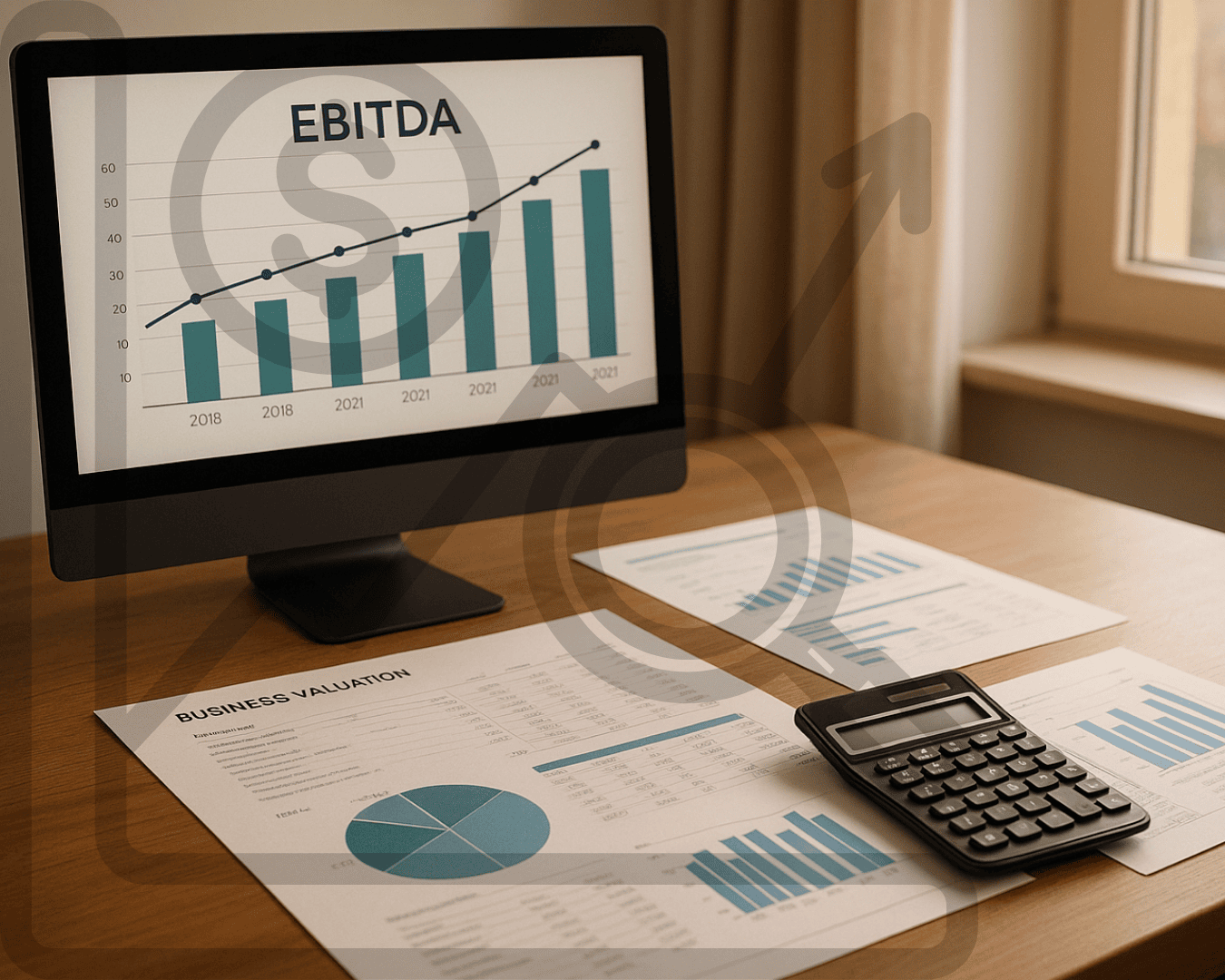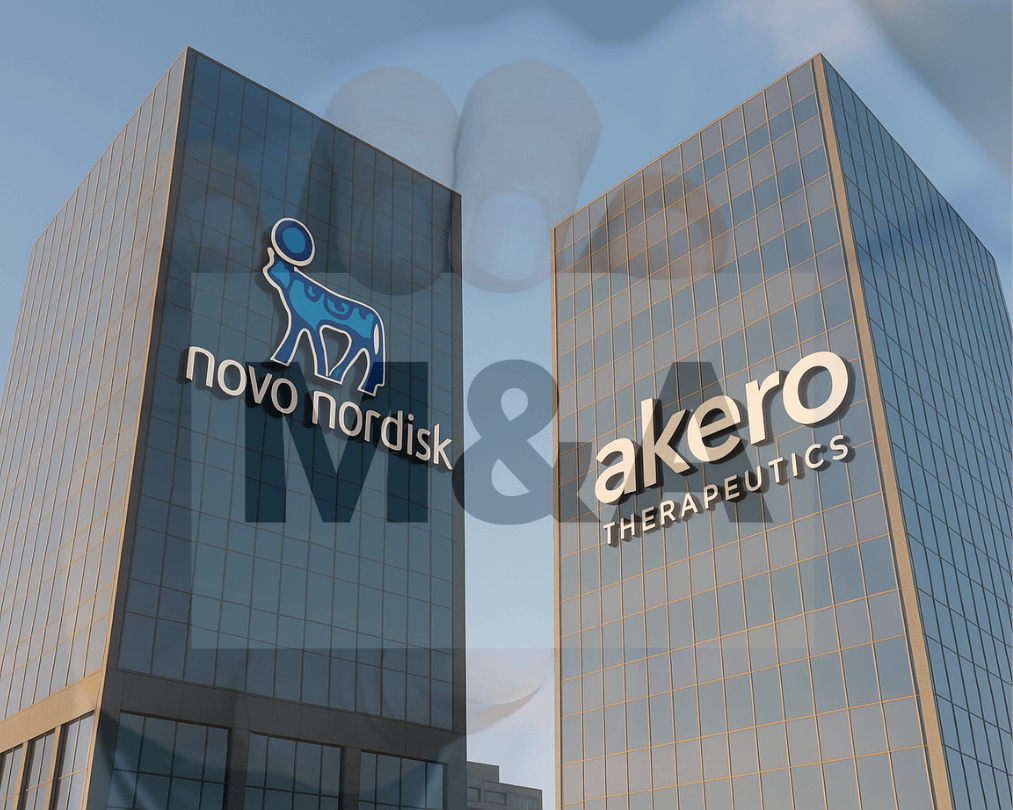Buying niche SaaS businesses can be a smart way to tap into stable recurring revenue and industry-specific markets. These businesses focus on solving unique challenges for specific industries, making them harder for competitors to disrupt. Here's what you need to know:
- Why Niche SaaS? They offer reliable subscription income, high customer retention, and scalability with minimal costs.
- 2025 Trends: AI-driven platforms and automation are key drivers, with private SaaS deals averaging 4.7x revenue multiples.
- How to Find Deals: Use platforms like MicroAcquire or Clearly Acquired, or reach out directly to founders.
- Key Metrics: Focus on Monthly Recurring Revenue (MRR), churn rate, and Customer Lifetime Value (LTV) vs. Acquisition Cost (CAC).
- Valuation: Smaller SaaS businesses often use Seller Discretionary Earnings (SDE), while larger ones rely on EBITDA or revenue multiples (4-10x ARR).
- Financing Options: SBA loans, seller financing, and equity injections are common.
- Post-Acquisition: Retain employees, integrate systems, and ensure smooth transitions to protect revenue and grow.
With the right approach, acquiring and scaling a niche SaaS business can lead to strong returns.
21 Businesses Bought: How To Acquire A SaaS Business with Dirk Sahlmer
How to Find and Evaluate Niche SaaS Deals
Finding the perfect niche SaaS business to acquire takes a mix of strategic deal sourcing and a detailed evaluation process. You’ll need to cast a wide net while maintaining high standards to identify the right opportunities.
Where to Find Niche SaaS Deals
Buyers often rely on multiple channels to increase their deal flow. Online marketplaces like MicroAcquire and Flippa are popular starting points, offering SaaS businesses at various price points and stages of growth. Another effective approach is direct outreach to founders through platforms like LinkedIn, product directories, or industry databases. Reaching out early - before businesses are publicly listed - can uncover hidden opportunities. When doing so, make sure to clearly communicate your value to increase your chances of success.
Business brokers are also valuable partners. They curate and vet listings, facilitate introductions, and assist with negotiations, simplifying the entire acquisition process.
AI-powered deal sourcing platforms are the latest addition to the buyer's toolkit. For instance, Clearly Acquired aggregates over 100,000 verified listings, 430 broker-sourced deals, and access to 200 million off-market opportunities. Once you’ve identified potential deals, the next step is to thoroughly evaluate their key metrics.
How to Evaluate Niche SaaS Businesses
Once you’ve found a potential deal, it’s time to dig into the details. Start by analyzing the quality of recurring revenue. Look at trends in monthly recurring revenue (MRR) and annual recurring revenue (ARR) to determine if growth is organic or overly reliant on acquiring new customers.
Customer churn rate is another critical metric. A low churn rate signals strong product-market fit and customer satisfaction. It often means the software plays an essential role in customers’ workflows, making it harder for them to switch to competitors. Additionally, compare customer acquisition cost (CAC) to lifetime value (LTV). A solid LTV-to-CAC ratio - around 3:1 or higher - indicates the business can scale profitably.
In niche markets, the defensibility of the business model is especially important. Examine the company’s unique value, intellectual property, customer retention mechanisms (like integrations or data migration challenges), and barriers to entry for competitors. Strong defensibility often translates into pricing power and long-term competitive advantages.
Be on the lookout for warning signs, such as high customer churn, overdependence on a single customer or acquisition channel, outdated technology, unclear intellectual property ownership, or inconsistent financial records.
| Evaluation Factor | What to Look For | Red Flags |
|---|---|---|
| Revenue Quality | Consistent MRR/ARR growth and a diverse customer base | Heavy reliance on one-time fees or a single large customer |
| Customer Retention | Low churn and high renewal rates | High churn or declining renewals |
| Growth Efficiency | LTV:CAC ratio of 3:1 or better, with a reasonable payback period | High CAC or long payback periods |
| Market Position | Clear differentiation and positive customer feedback | Generic offerings or consistently poor reviews |
Using Platforms for Deal Sourcing
Modern deal sourcing platforms make it easier than ever to discover and assess SaaS opportunities. Tools like Clearly Acquired provide verified deal flow and advanced search filters, allowing buyers to narrow options by industry, revenue size, growth rate, and more. Features like automated NDAs reduce paperwork, while secure data rooms create a professional space for sharing sensitive business details.
These platforms also simplify financing. Buyers can access funding options like SBA 7(a) loans and commercial financing directly through the platform, avoiding the hassle of juggling multiple lenders and advisors.
For those new to SaaS acquisitions, platforms like Clearly Acquired offer educational resources and expert advisory services. A 14-day free trial lets buyers explore the platform without upfront costs. With access to extensive deal flow, powerful evaluation tools, and integrated support, these platforms are a game-changer for buyers targeting niche SaaS businesses. Efficient processes and specialized knowledge can make all the difference when navigating this space.
Valuation and Due Diligence for Niche SaaS Businesses
Getting the valuation right is essential when acquiring niche SaaS businesses. These companies operate with unique revenue models, so their valuation methods need to account for that. At the same time, thorough due diligence ensures the valuation reflects the business’s actual performance by analyzing its technology, customer base, and position in the market.
How to Value Niche SaaS Businesses
Valuing SaaS businesses isn’t like valuing traditional companies. The approach depends on the company’s size and growth stage.
For smaller, owner-operated SaaS businesses (those with under $2 million in revenue and slower growth rates below 50% year-over-year), Seller Discretionary Earnings (SDE) is the go-to method. This approach focuses on the cash flow available to the owner after covering necessary business expenses.
Larger SaaS companies - those worth more than $5 million and generating over $2 million in revenue - are typically valued using EBITDA multiples. This method highlights the company’s earnings power and is better suited for businesses that have transitioned to professional management.
For SaaS companies reinvesting heavily in growth, revenue multiples are the most common approach. Many SaaS businesses report negative earnings due to upfront annual contract payments, but this doesn’t mean they have poor cash flow - it’s a result of revenue recognition rules. As of 2025, public SaaS companies trade at approximately 6.1x enterprise value to revenue, while private SaaS deals average around 4.7x revenue multiples.
Current market trends indicate SaaS valuations generally range between 6-8x ARR, with some businesses achieving 4-10x depending on their quality. AI-driven SaaS companies often command the highest multiples due to the premium placed on advanced technology.
| Valuation Method | Best For | Key Metric | Typical Multiple (2025) |
|---|---|---|---|
| SDE | Small, owner-operated SaaS | Owner earnings | 2-3x SDE |
| EBITDA | Large, professionally managed SaaS | Earnings | 6-8x EBITDA |
| Revenue | High-growth SaaS | ARR/Revenue | 4-10x ARR/Revenue |
It’s worth noting that asset-based valuation doesn’t work for SaaS businesses. Their most valuable assets - like software and customer relationships - are intangible. The focus should always be on recurring revenue streams and growth potential rather than physical assets.
Next, let’s look at the key metrics that drive these valuations.
Important SaaS Metrics to Analyze
To accurately assess a SaaS business’s value and risks, you need to dive into key metrics. ARR (Annual Recurring Revenue) and MRR (Monthly Recurring Revenue) are foundational, as they represent the predictable revenue streams that underpin SaaS valuations.
Net Revenue Retention (NRR) is another critical metric. It measures how much revenue grows from existing customers through upsells, cross-sells, and renewals while accounting for churn. High NRR rates indicate strong product-market fit and expansion potential, which often translates to higher valuation multiples.
Understanding Customer Acquisition Cost (CAC) is equally important. It shows how efficiently a business turns marketing spend into new customers. By comparing CAC to Customer Lifetime Value (LTV), you can determine profitability. A healthy LTV-to-CAC ratio of 3:1 or higher signals sustainable unit economics.
Finally, pay close attention to the churn rate. This metric directly impacts revenue stability. Low churn suggests strong customer satisfaction and product stickiness, while high churn can quickly erode the recurring revenue base that drives SaaS valuations.
In many deals, performance earn-outs tie deferred payments to metrics like revenue growth, EBITDA, or reduced churn. This highlights how critical these numbers are when structuring deals and assessing risks.
Due Diligence Steps for SaaS Acquisitions
Once you’ve valued the business and analyzed its metrics, the next step is rigorous due diligence. This process examines the market, financials, technology, and operations to ensure the valuation aligns with reality.
Financial analysis goes beyond standard reviews. Instead of relying solely on seller-provided reports, verify data directly from analytics platforms, payment processors, and bank deposits. Detailed revenue reports showing MRR trends, customer acquisition costs, and growth patterns are essential to validate valuation multiples.
Technical audits are another key part of due diligence. These audits evaluate the source code for technical debt, check intellectual property ownership, and assess the technology stack for scalability issues. Additionally, they ensure proper security protocols, data protection measures, and minimal reliance on third-party dependencies.
Customer contract reviews are critical to understanding revenue commitments, payment terms, cancellation clauses, and renewal rates. This helps identify risks like churn and customer concentration. Reviewing customer support history can also reveal recurring issues that might increase churn after the acquisition.
Intellectual property verification ensures the business owns its software and related assets. Check patents, trademarks, copyrights, and employment agreements to confirm proper ownership. Licensing agreements and third-party dependencies should also be reviewed for potential operational impacts.
Be on the lookout for red flags like inconsistencies between metrics and financial records, sudden churn spikes, high customer concentration, gaps in IP documentation, or exaggerated automation claims. Scalability claims should also be verified by examining team structures and operational processes to ensure reported efficiency metrics are both accurate and sustainable.
Clearly Acquired simplifies the due diligence process by offering secure data rooms, automated NDAs, verified deal flow, and financing options.
sbb-itb-a3ef7c1
Financing and Structuring the Acquisition
Securing the right financing and structuring the deal properly are essential steps in acquiring a SaaS business. Thanks to the recurring revenue model of SaaS companies, there are unique financing opportunities available. However, success hinges on aligning the financing strategy with the company’s steady cash flow and growth patterns - two factors that significantly impact the value of the acquisition.
Financing Options for SaaS Acquisitions
When it comes to financing a SaaS acquisition, there are several routes you can explore:
- SBA Loans: These are a popular choice, especially the SBA 7(a) program, which can finance up to $5 million. With down payments as low as 10% and repayment terms extending up to 10 years, this option is particularly attractive for SaaS businesses with predictable recurring revenue and low churn rates. Lenders appreciate the stability of these cash flows, making such businesses excellent candidates.
- Commercial Loans: These provide more flexibility but typically require strong financial statements and higher down payments. They’re a good option if you meet the financial criteria and want to avoid the restrictions of SBA loans.
- Seller Financing: This reduces the upfront capital needed and demonstrates the seller’s confidence in the business’s future. It’s a collaborative approach that benefits both parties.
- Equity Injections: Bringing in private equity or individual investors can help avoid taking on additional debt, but it does come with the trade-off of diluting ownership. This option is often more expensive in the long run.
With these financing options in mind, the next step is crafting a deal structure that balances risk and reward.
Deal Structure Options
The way you structure the deal can have a major impact on how risk and reward are distributed between buyer and seller. Here are some common structures:
- All-Cash Deals: These are straightforward and provide sellers with immediate liquidity while giving buyers full ownership from the start. However, they often require a significant upfront investment, which can limit the purchase price.
-
Earnouts: These are increasingly used to close valuation gaps by tying part of the purchase price to the company’s future performance. As one Clearly Acquired expert explains:
The key to a successful earnout is agreeing on metrics that are easy to track and influence. Revenue-based earnouts are often simpler, while EBITDA-based ones require more precise definitions of allowable expenses."Earnouts are increasingly used in SMB acquisitions to bridge valuation gaps between buyers and sellers by tying a portion of the purchase price to the company's future performance. They align both parties' interests by balancing risk and reward - buyers reduce upfront exposure while sellers have the opportunity to earn more if the company performs well. However, success depends on clearly defined performance metrics, timelines, and payment structures to minimize disputes and ensure transparency throughout the earnout period."
- Hybrid Models: These combine elements like cash payments, seller financing, and earnouts to create a tailored solution for more complex deals.
Here’s a quick breakdown of the pros and cons of these structures:
| Deal Structure | Buyer Advantages | Seller Advantages | Key Risks |
|---|---|---|---|
| All-Cash | Full ownership, simple closing | Immediate liquidity, certainty | Higher upfront capital requirement |
| Earnout | Reduced upfront risk, performance alignment | Potential for a higher total price | Complex metrics, potential for disputes |
| Seller Financing | Lower down payment, flexible terms | Steady income stream, tax benefits | Default risk, delayed full payment |
| Hybrid | Balanced risk/reward, creative solutions | Multiple pathways to capture value | Increased complexity, longer negotiations |
Getting Financing Support Through Clearly Acquired
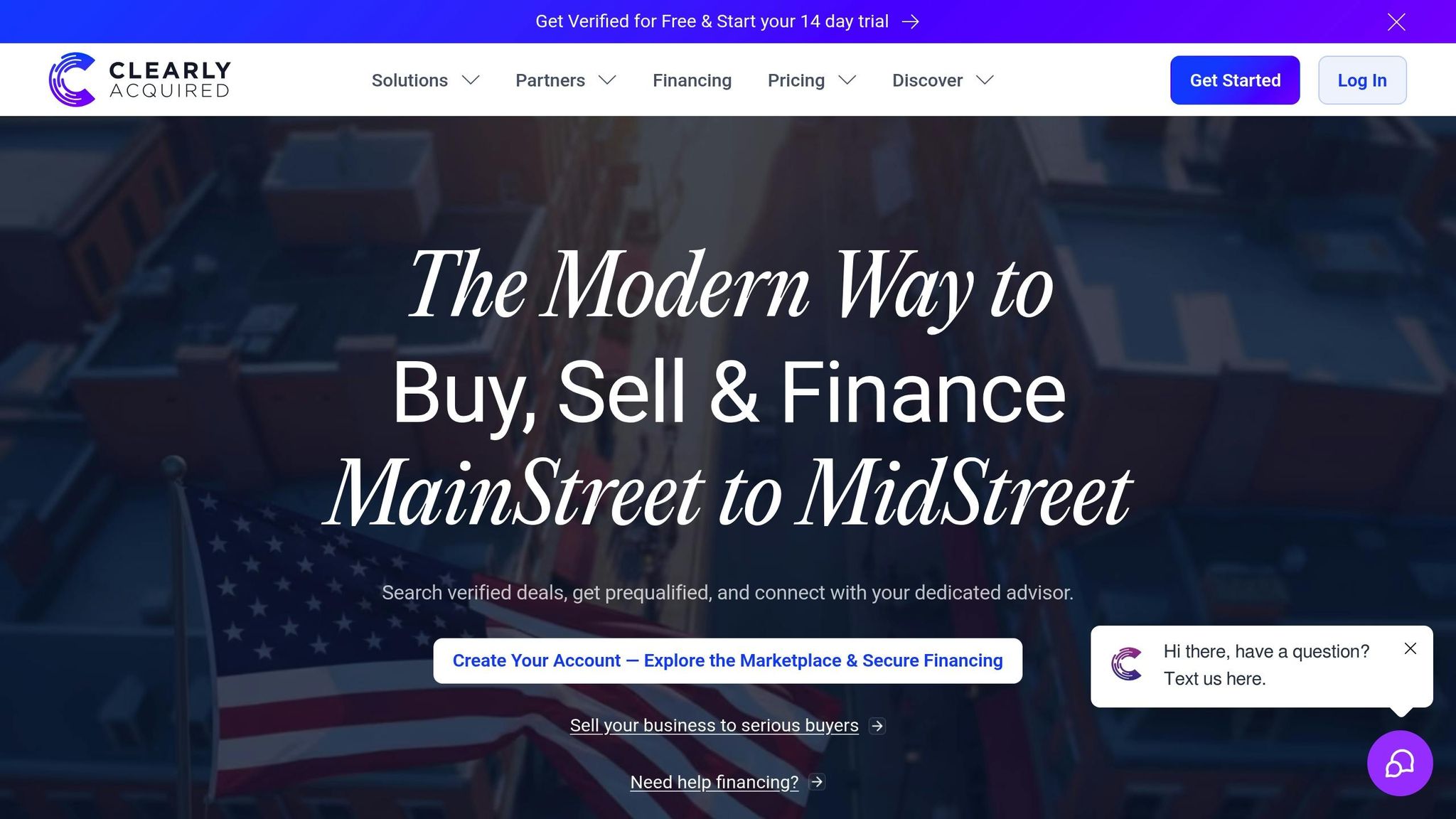
Navigating the financing process can be daunting, but Clearly Acquired simplifies it. Their AI-powered platform connects buyers with over 500 lenders, including banks, private debt partners, and trusts, helping streamline the process of securing financing.
The platform’s pre-qualification process, integrated with Plaid, automatically verifies financial details, giving buyers a clear understanding of their borrowing capacity early in the deal. Beyond traditional loans, Clearly Acquired opens doors to alternative funding options like partner buyouts, merchant cash advances, equipment financing, and equity injections through their micro-cap private equity arm.
Additionally, their buy-side advisors and debt brokers offer hands-on guidance throughout the process. From structuring deals and negotiating terms to managing documentation, they ensure every transaction is set up for long-term success. By offering access to a wide range of financing solutions and expert support, Clearly Acquired helps buyers confidently structure deals that position them for future growth.
Closing the Deal and Growing After Acquisition
Successfully closing the deal and integrating the acquisition are critical steps that set the stage for long-term success. How you handle this phase can determine whether your investment flourishes or flounders. A well-thought-out approach to both the finalization and integration processes is key.
Steps to Close the Deal
Closing a deal involves tying up loose ends from due diligence, adjusting purchase price factors, and finalizing the deal structure. At this stage, negotiations focus on fine-tuning these elements to ensure everything aligns with the agreed terms.
Legal documentation and escrow arrangements are pivotal here. They ensure all terms - such as intellectual property transfers, employment agreements, and non-compete clauses - are clearly defined. Escrow accounts also safeguard funds until all conditions for closing are met, reducing risk for both parties.
Transition planning should begin early. This involves coordinating customer notifications, onboarding employees, transferring system access, and managing operational handovers to maintain business continuity. Minimizing disruptions during this phase is critical to avoiding customer churn.
Clearly Acquired’s AI-powered data rooms simplify the documentation process, while their buy-side advisors offer expert assistance to guide you through the final stages.
Once the deal is closed, the focus shifts to integration and growth.
Post-Acquisition Integration and Growth
The real work begins after the deal is done. Integration is where the potential of your acquisition is either realized or lost.
"Employee integration, not financials, is often where M&A deals succeed or fail."
Start with rapid onboarding of employees and seamless integration of systems. This helps retain key talent, maintain the company’s culture, and avoid operational hiccups. Establishing a centralized Integration Management Office (IMO) can streamline this process, ensuring leadership remains actively involved and feedback loops are in place.
Customer communication is another priority. Notify customers about the change in ownership, introduce new points of contact, and reassure them about uninterrupted service. Keep a close eye on customer feedback during the first 90 days to address any concerns and protect your recurring revenue.
Track essential SaaS metrics during this period, such as monthly recurring revenue (MRR), customer acquisition cost (CAC), churn rate, and customer lifetime value (CLV). These metrics will help identify quick wins and highlight areas that need attention. Companies that excel at post-acquisition integration often see annual revenue growth of 10–30% and lower churn rates. For instance, Kontentino improved activation rates by 10% through interactive onboarding guides, showcasing how focused efforts in integration can yield tangible results.
Growth Support Through Clearly Acquired
Once the integration is underway, Clearly Acquired offers ongoing support to help you scale your business. Their platform connects you with acquisition experts who understand the unique challenges of growing SaaS companies.
They also provide access to growth capital through tailored financing options, such as lines of credit, equipment loans, and real estate financing. Whether you need funds to expand your team, boost marketing efforts, or upgrade infrastructure, their network of lenders offers solutions to fit your needs.
Additionally, Clearly Acquired provides educational resources, networking opportunities with other SaaS operators, and continuous advisory support. This ensures you have the tools and guidance to transform your acquisition into a scalable and thriving business.
Key Takeaways for Buying Niche SaaS Businesses
Acquiring a niche SaaS business involves a strategic mix of identifying opportunities, conducting thorough evaluations, and seeking expert guidance. One of the first steps is finding quality deals through specialized platforms instead of relying on generic listings.
Conducting due diligence with a focus on SaaS-specific metrics is crucial to avoid costly mistakes. Metrics like Monthly Recurring Revenue (MRR), Annual Recurring Revenue (ARR), Customer Acquisition Cost (CAC), Customer Lifetime Value (LTV), and churn rate offer insight into the business's health and growth potential. For example, a low churn rate paired with a high LTV-to-CAC ratio often reflects strong customer loyalty and effective growth strategies.
Your choice of financing plays a significant role in the stability and growth of your acquisition. Options such as SBA loans or equity injections should align with your risk tolerance and long-term goals. Additionally, having expert guidance can simplify the process and ensure smoother execution.
Platforms like Clearly Acquired provide tools to streamline the entire acquisition journey. They offer features like AI-powered deal sourcing, verification tools, automated NDAs, and access to over 500 lenders, banks, and private debt partners. This makes it easier to handle everything from finding the right deal to closing it.
Market trends in 2025 show private SaaS deals averaging around 4.7x revenue. However, newer benchmarks suggest valuations in the range of 6–8x ARR, depending on factors like growth and customer retention metrics. Understanding these trends helps you avoid overpaying and focus on finding real value.
Once the deal is closed, the integration phase becomes critical. In the first 90 days, focus on retaining employees, ensuring smooth system integration, and maintaining open communication with customers. Often, the success of mergers and acquisitions hinges more on how well employees are integrated than on financials.
FAQs
What key metrics should I evaluate before buying a niche SaaS business?
When you're looking into buying a niche SaaS business, there are a few key things to keep in mind. Start by evaluating the recurring revenue - this is a solid indicator of how stable and predictable the business is over time. It's also worth digging into the customer acquisition cost (CAC) and lifetime value (LTV). Together, these metrics tell you how efficiently the business is bringing in and keeping customers.
You'll also want to check out other important numbers like the churn rate (how often customers stop using the service), gross margin (profitability after covering direct costs), EBITDA (earnings before interest, taxes, depreciation, and amortization), and the user growth rate. These metrics give you a well-rounded view of the company's financial health and its potential to grow.
How do AI and automation impact the value and growth of niche SaaS businesses in 2025?
AI and automation are set to reshape the landscape for niche SaaS businesses in 2025, offering tools that enhance both their value and growth potential. These technologies make it easier to analyze data, simplify due diligence, and spot market opportunities. For buyers, this means sharper insights into a SaaS business's operational performance, customer loyalty, and ability to scale - all of which contribute to more accurate valuation models.
On top of that, automation accelerates critical processes like deal sourcing, risk assessment, and securing financing. By cutting down on overhead costs, businesses can seize growth opportunities much faster. SaaS companies that integrate AI and automation into their operations are likely to stand out in the market, achieving stronger valuations and positioning themselves for lasting success.
What are the most effective ways to finance a niche SaaS business acquisition, and how can they support different business models?
When it comes to financing a niche SaaS business, some of the best options include SBA loans, commercial loans, lines of credit, and equity injections. The right choice often depends on the business's cash flow stability and its stage of growth. SaaS businesses with consistent, recurring revenue streams are ideal candidates for debt financing since their steady income can comfortably cover loan repayments. On the other hand, early-stage SaaS companies with high growth potential but less predictable revenue may benefit more from equity financing or a combination of funding methods.
Matching your financing approach to the business model is key to keeping debt manageable while building long-term value. Using specialized tools and seeking advice from experts can help you structure the deal effectively and secure the funding you need to achieve your objectives.




.png)
























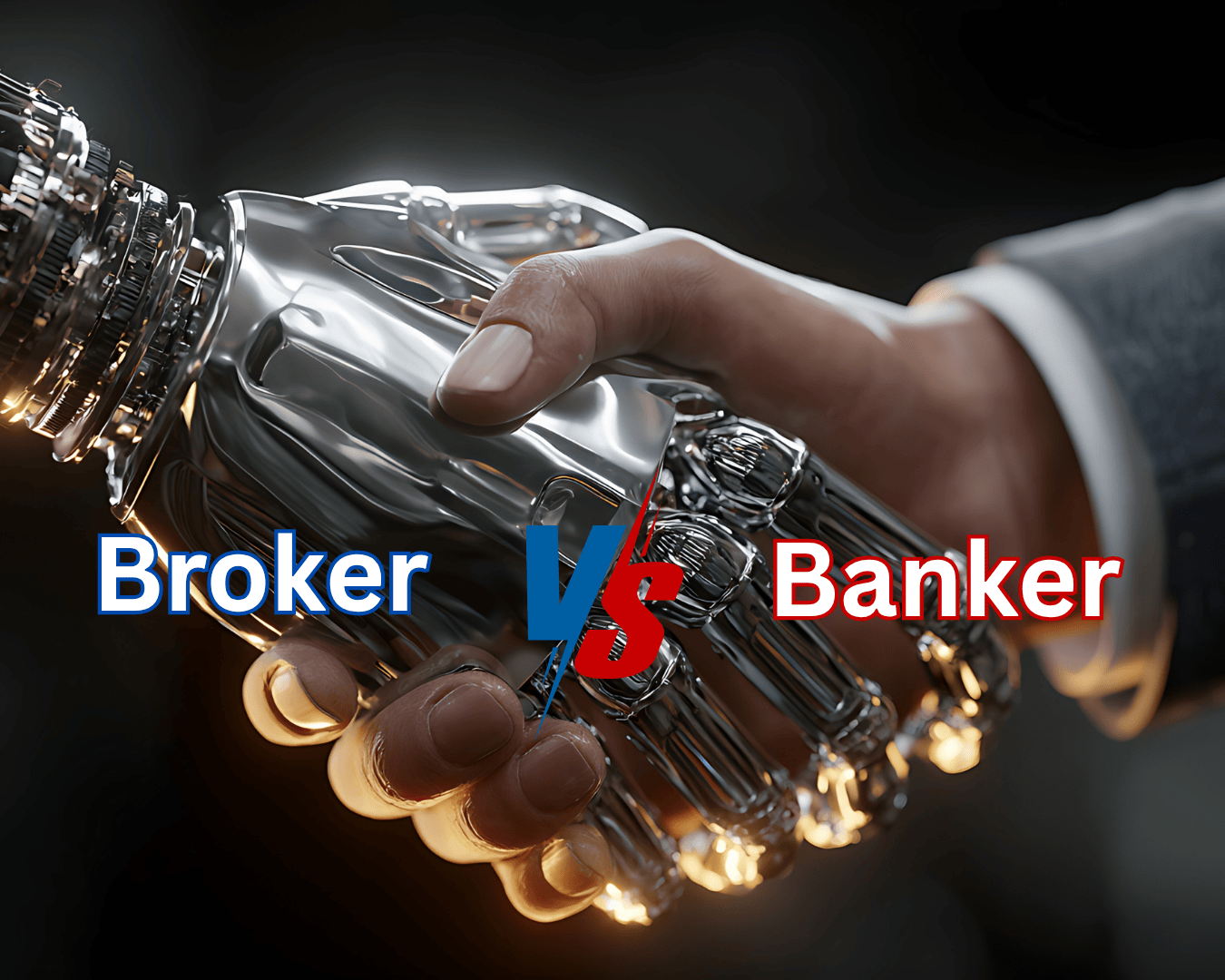

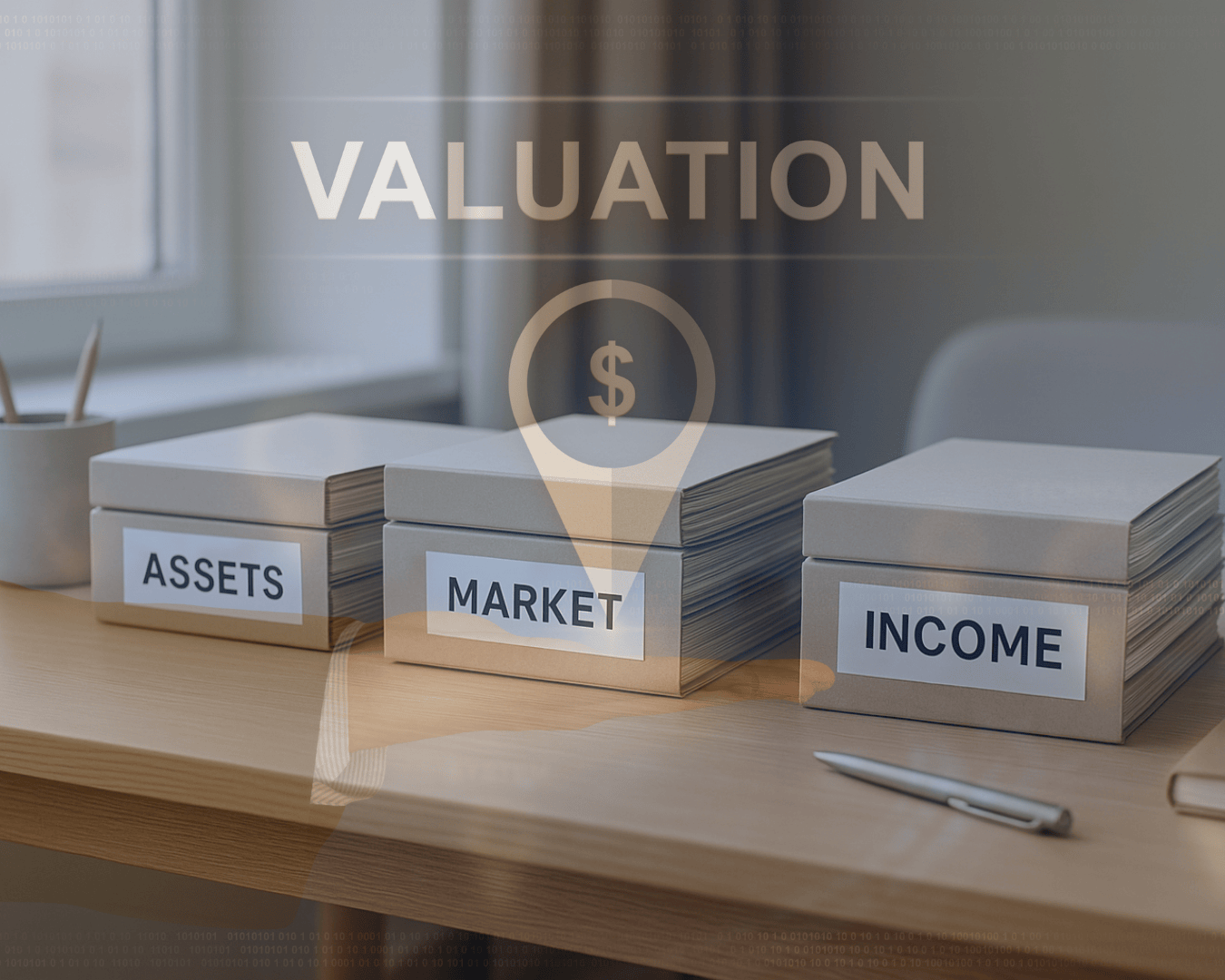


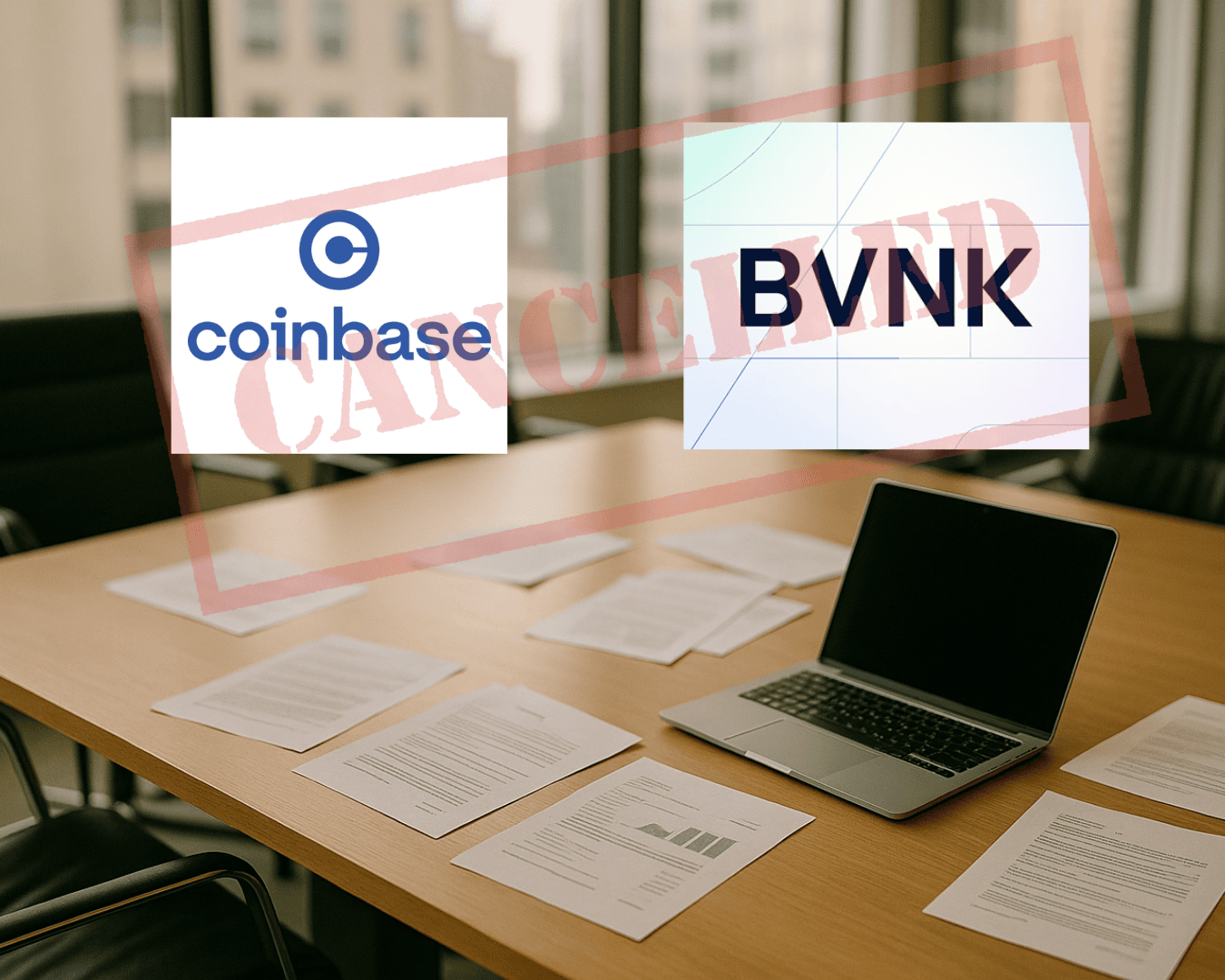









.png)

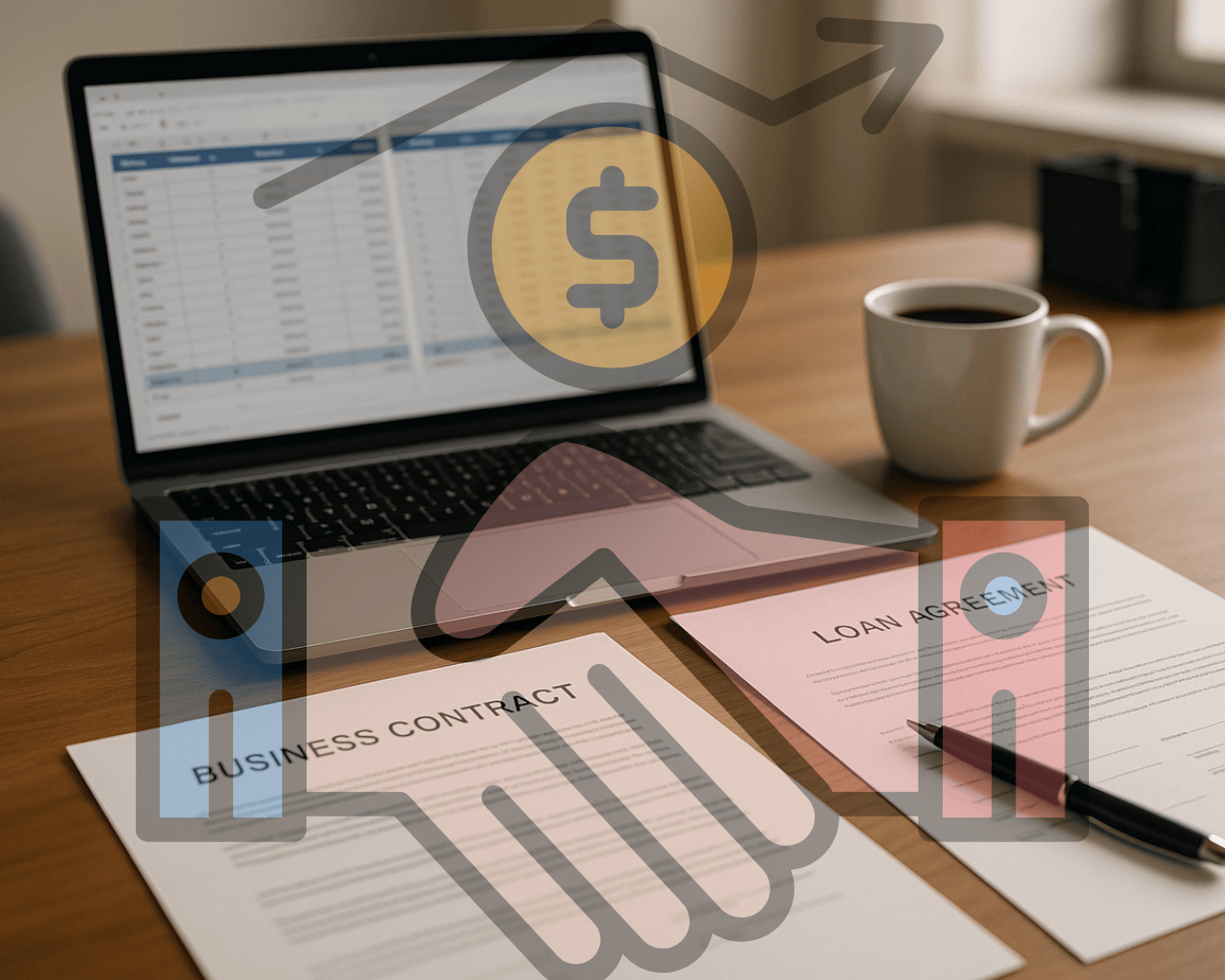


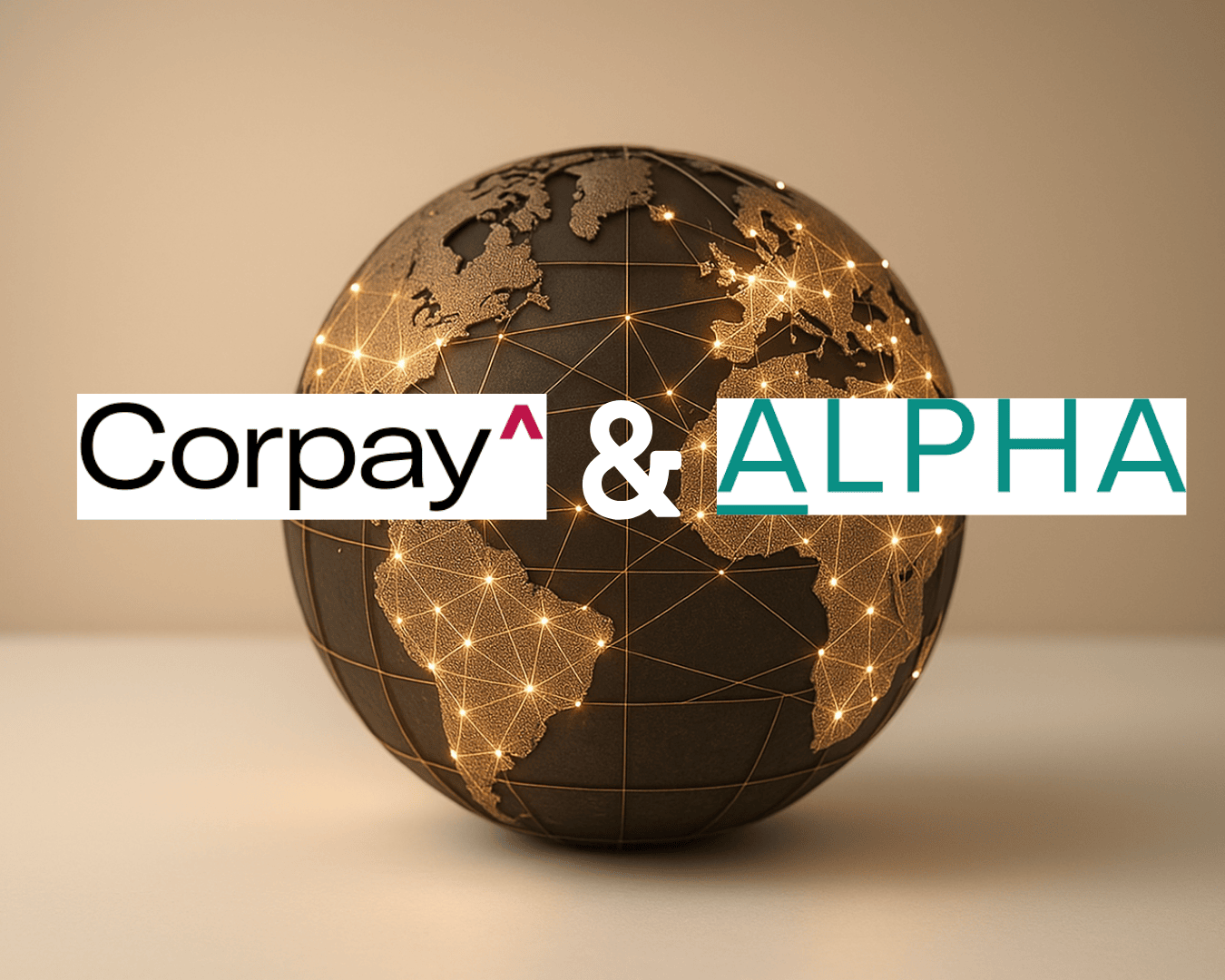
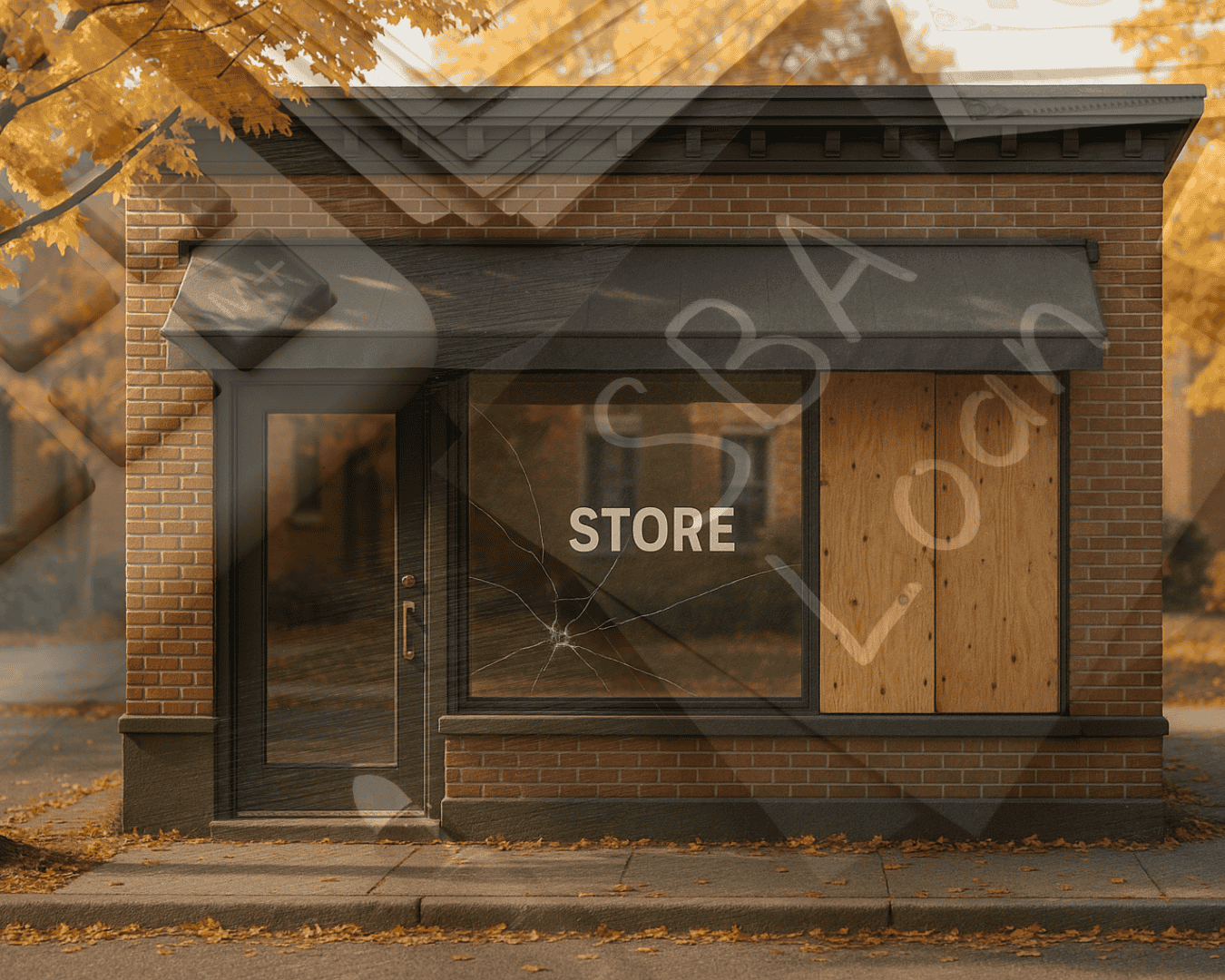
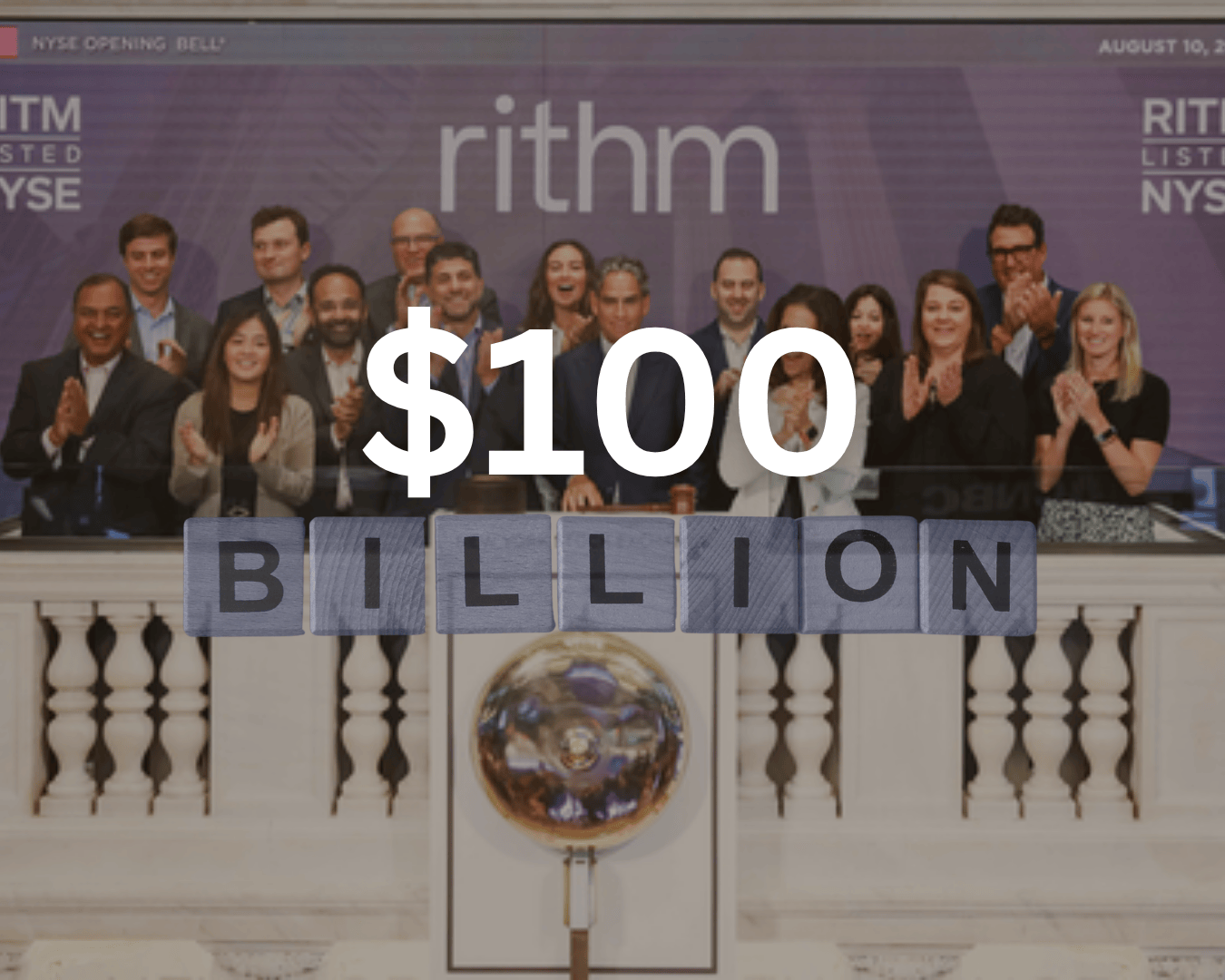



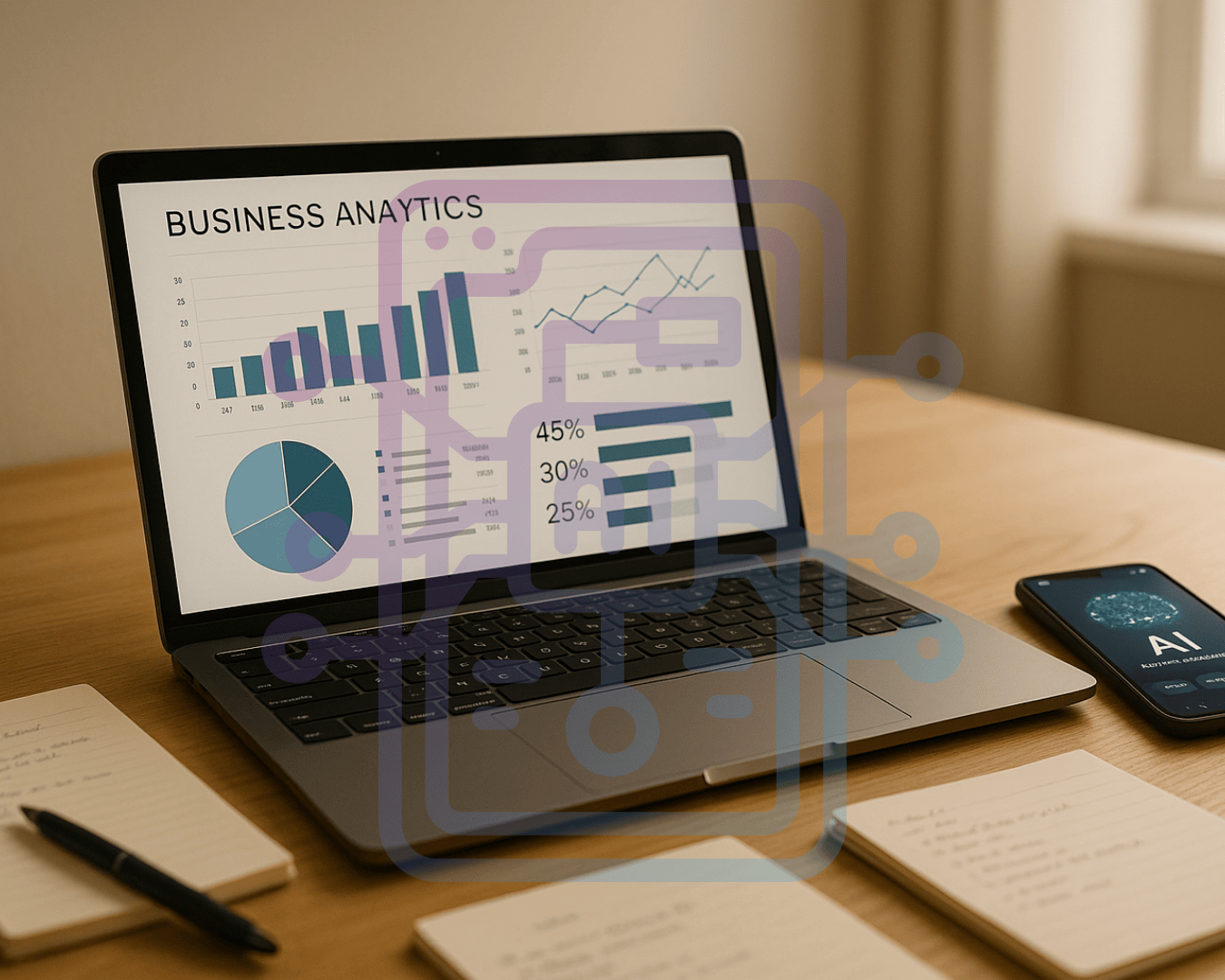






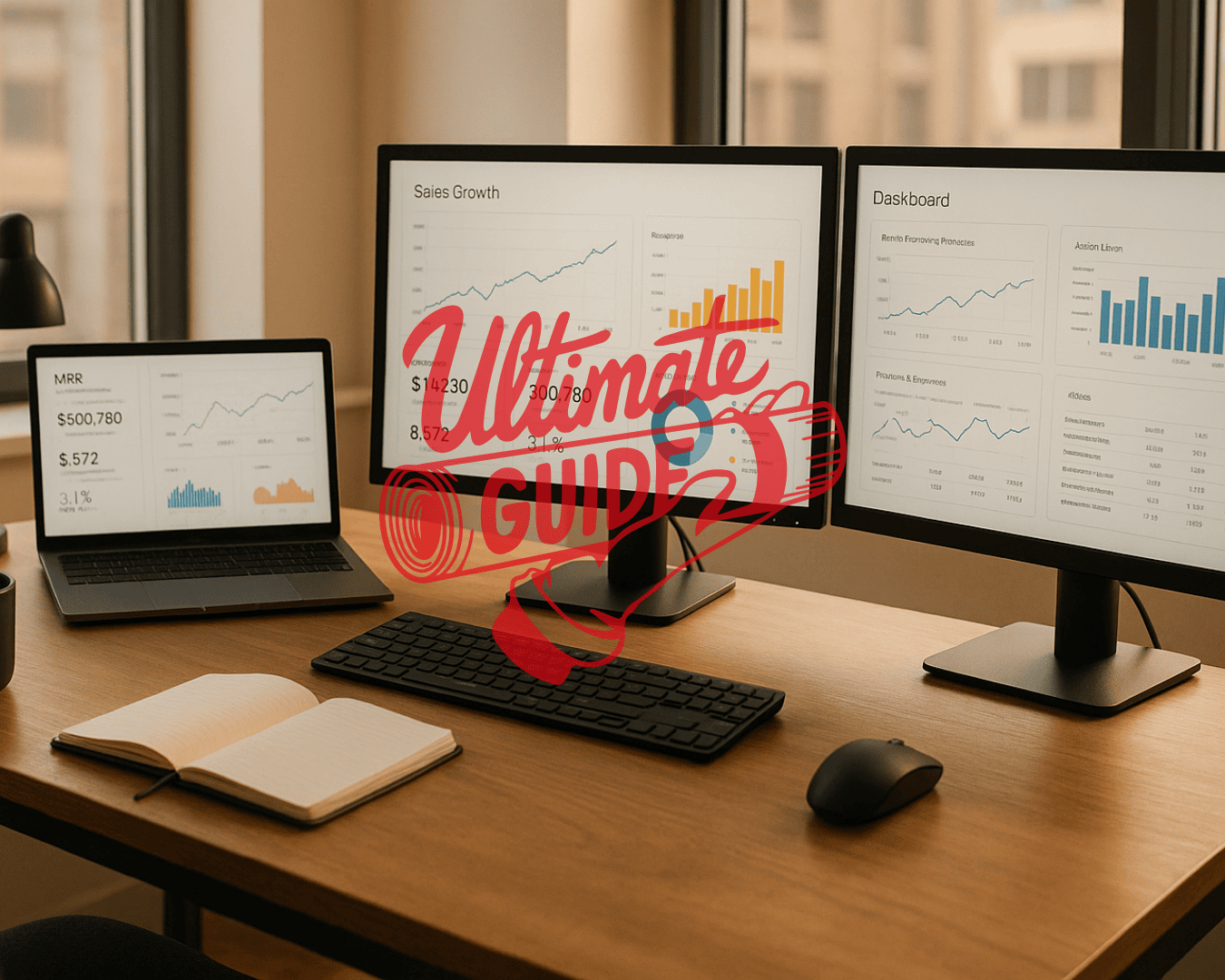



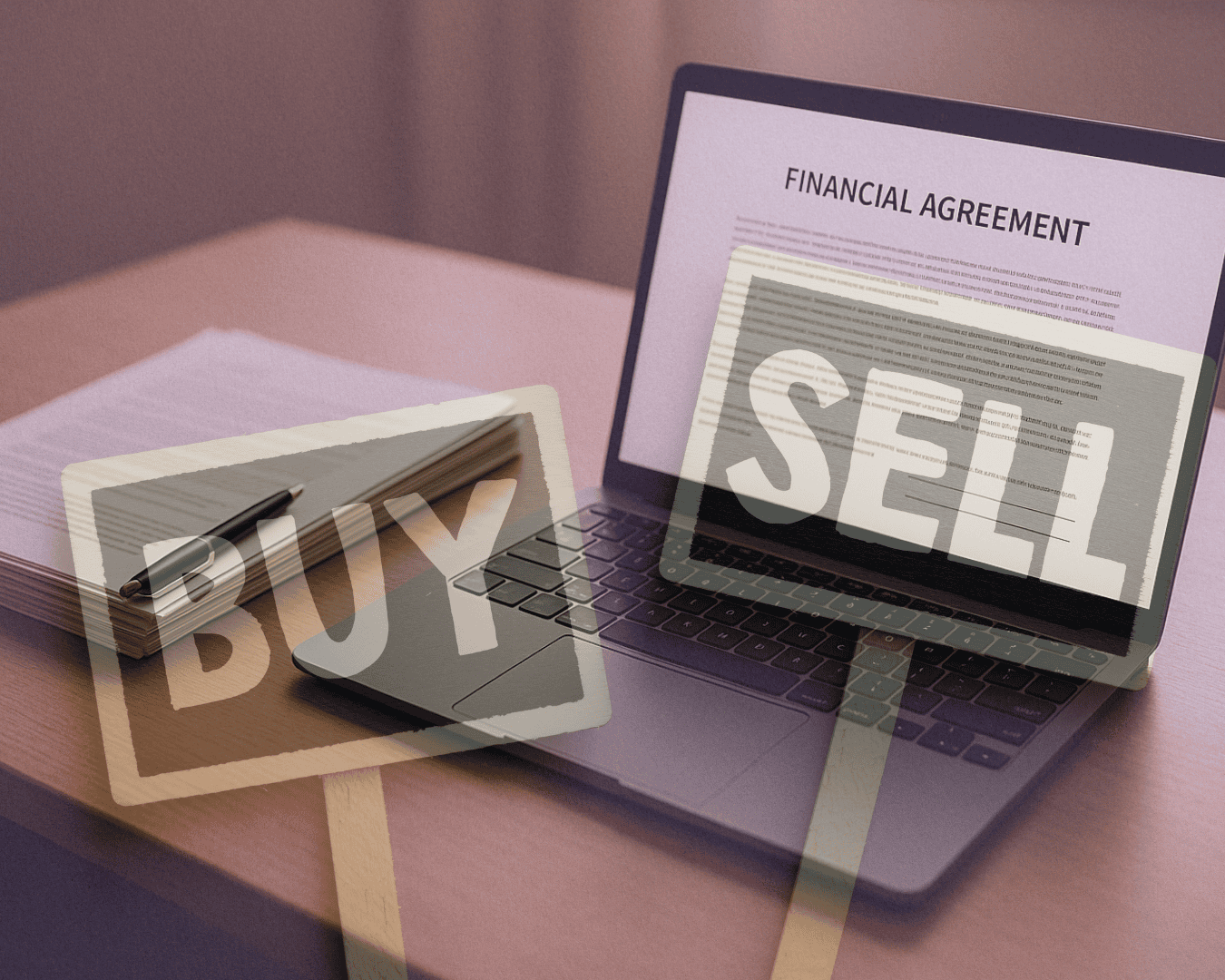
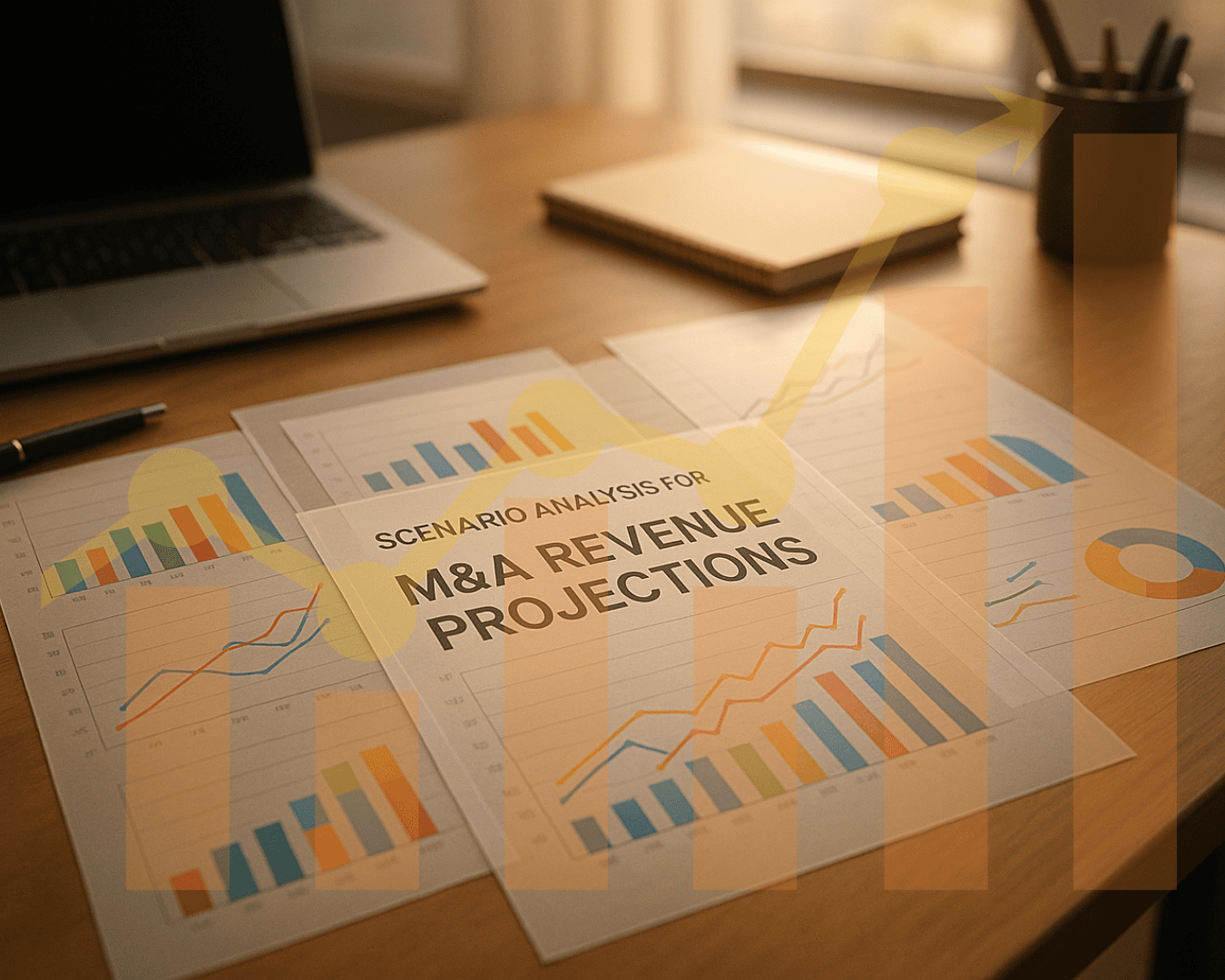

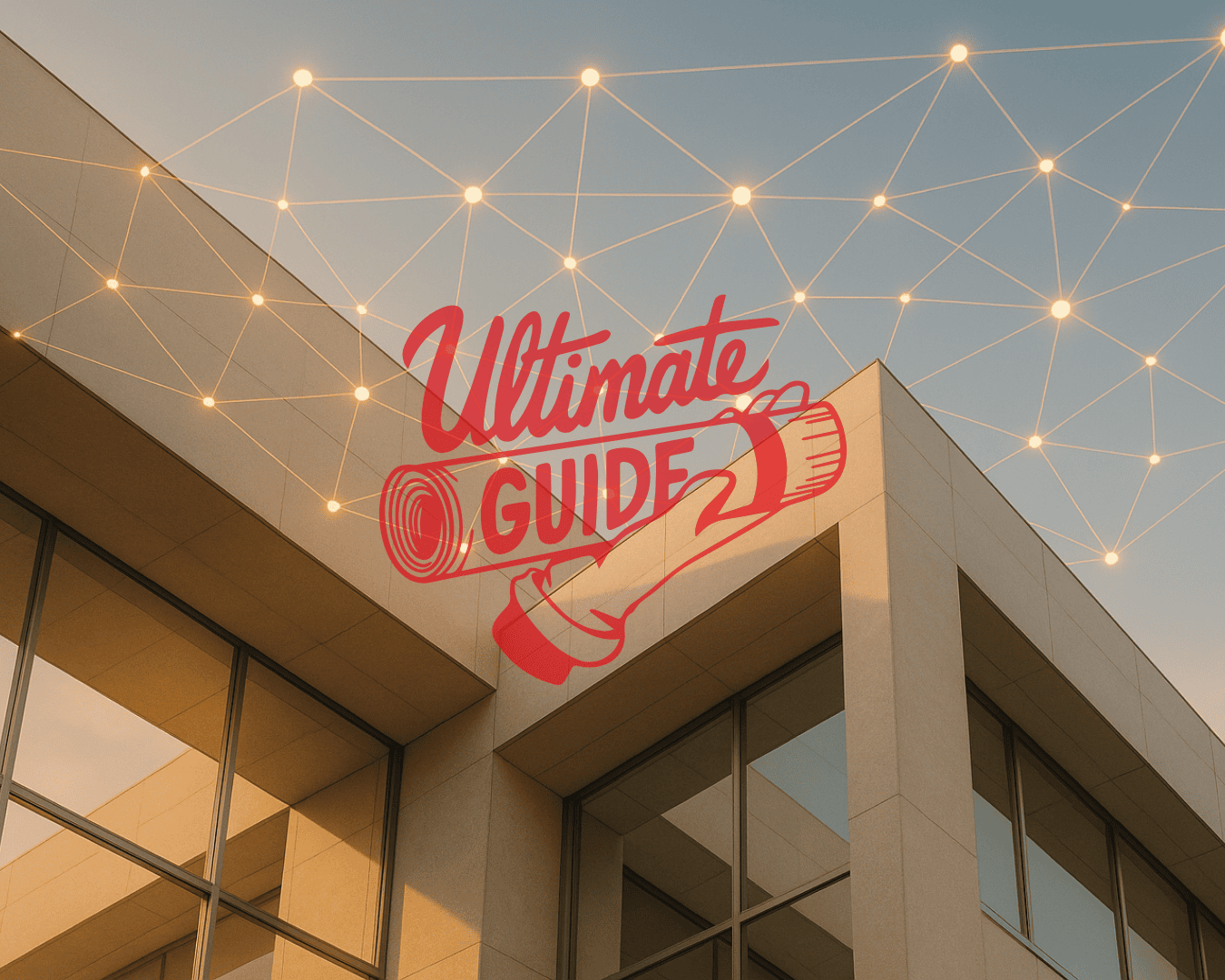


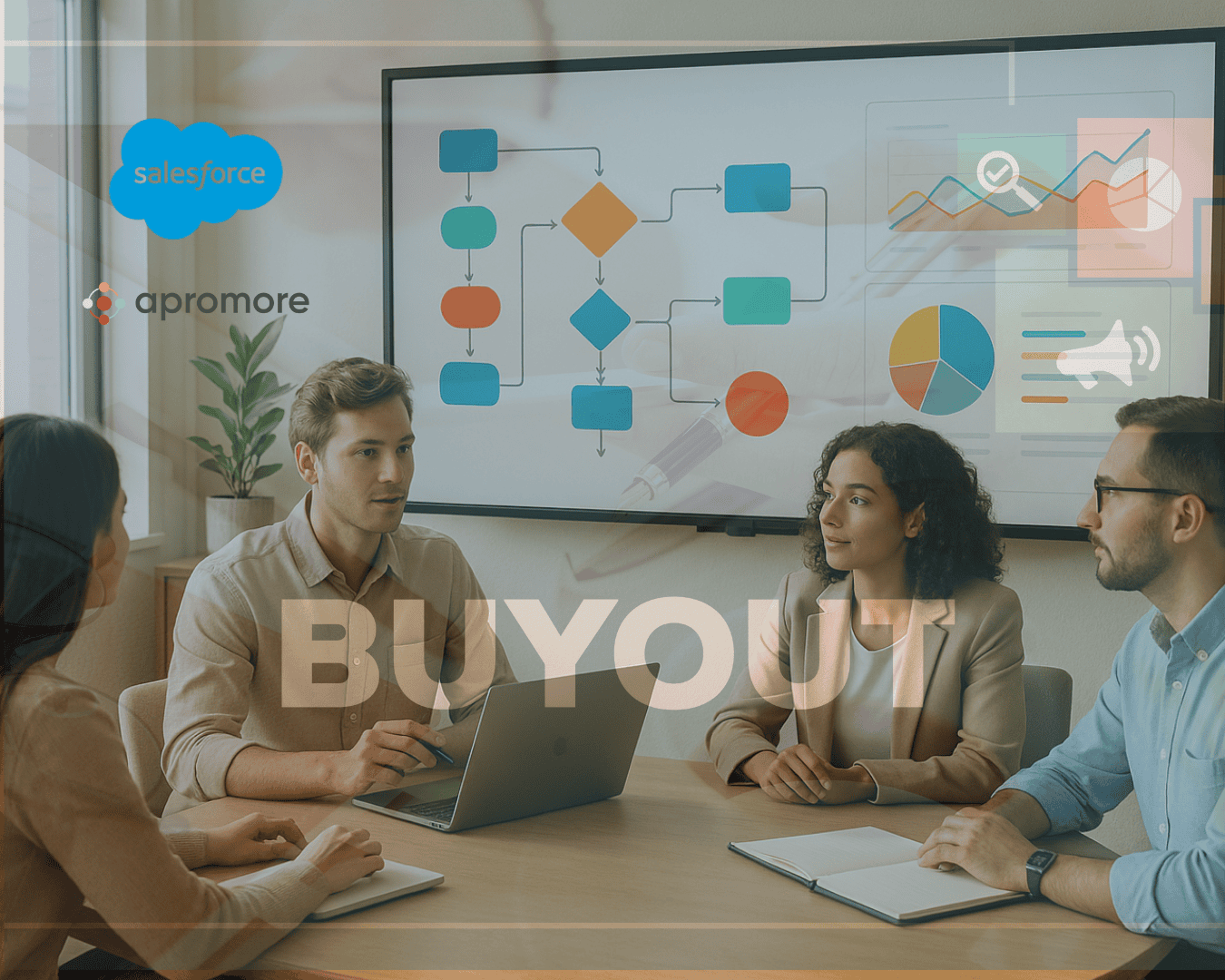
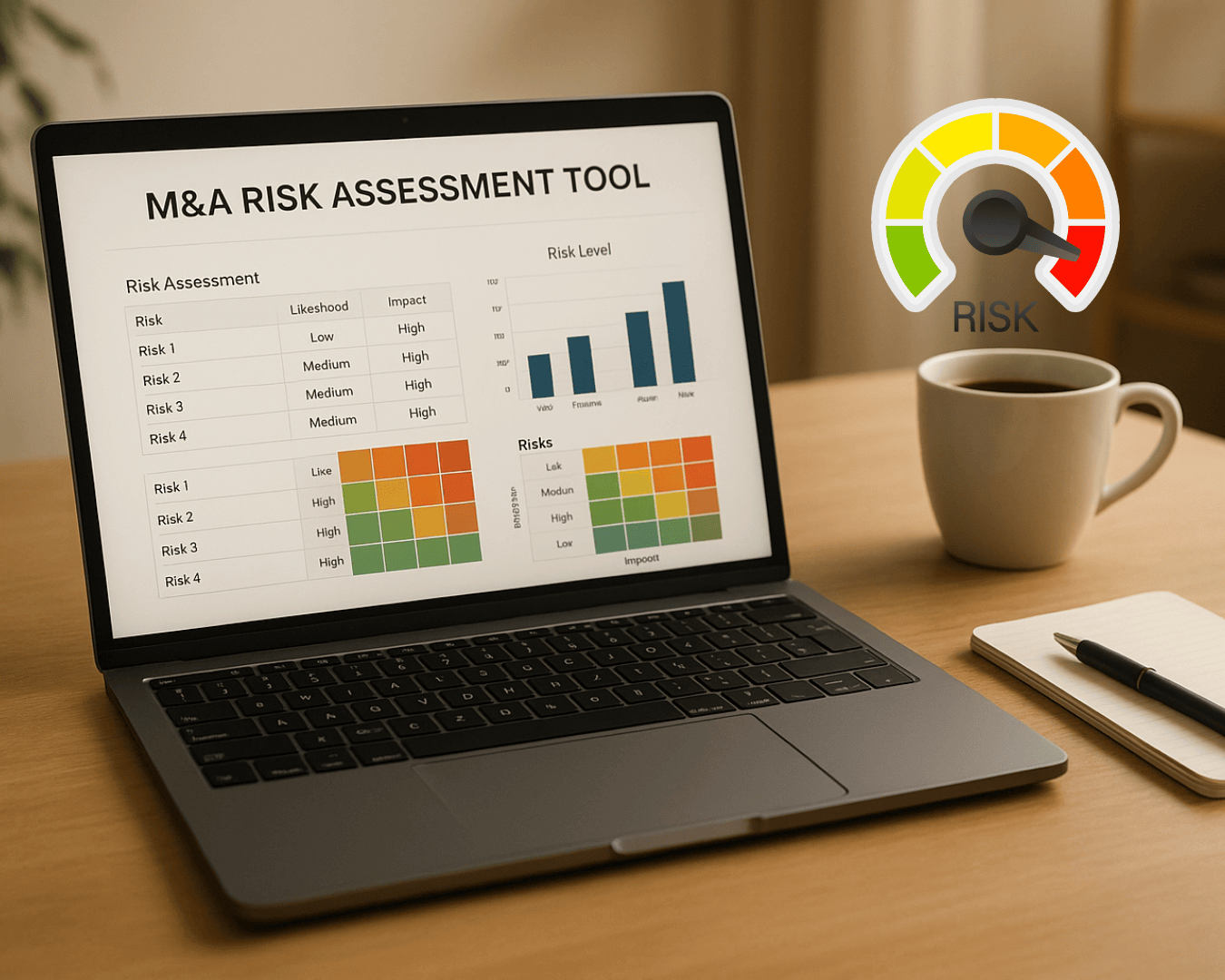

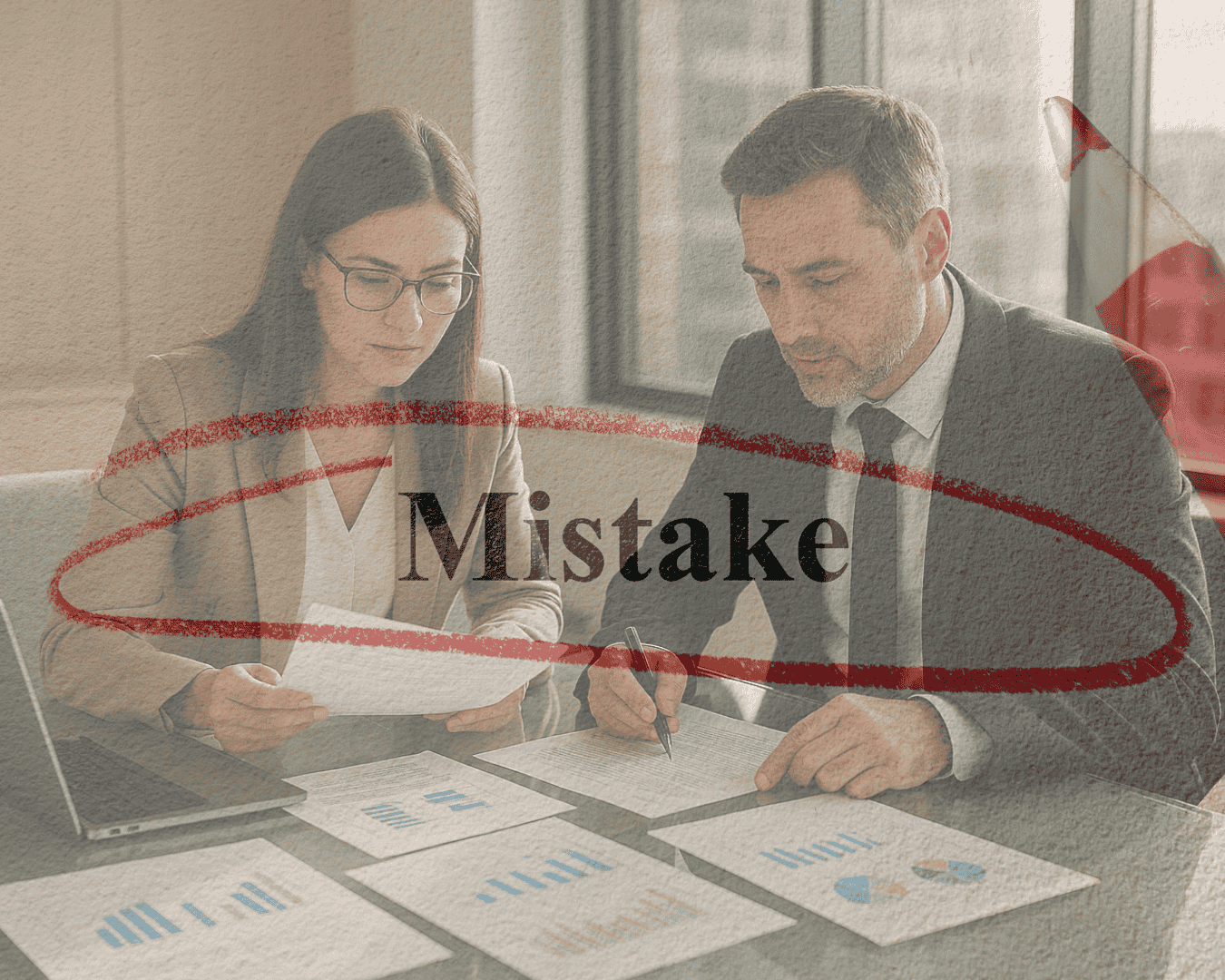
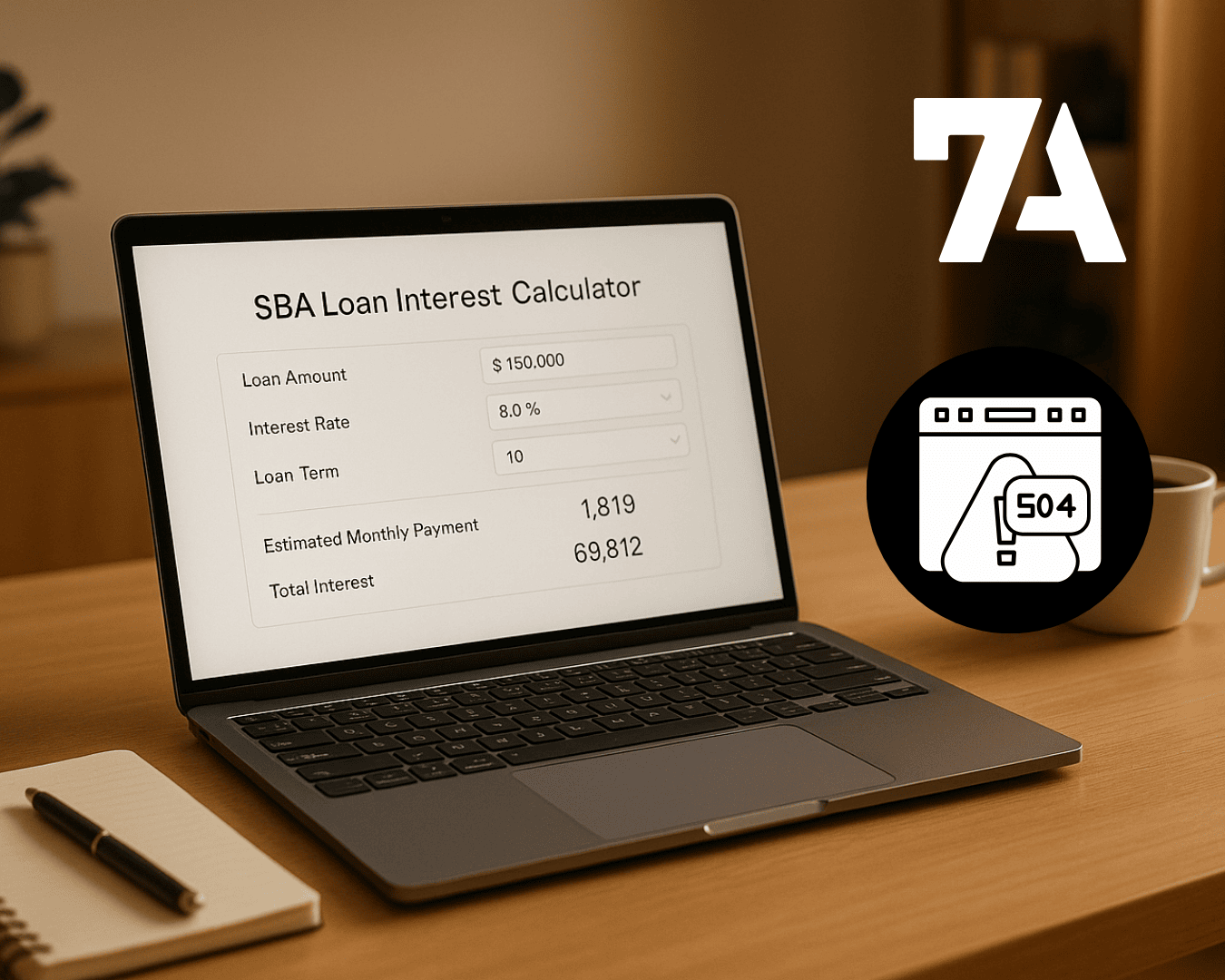








%20Loan%20Application%20Checklist.png)
